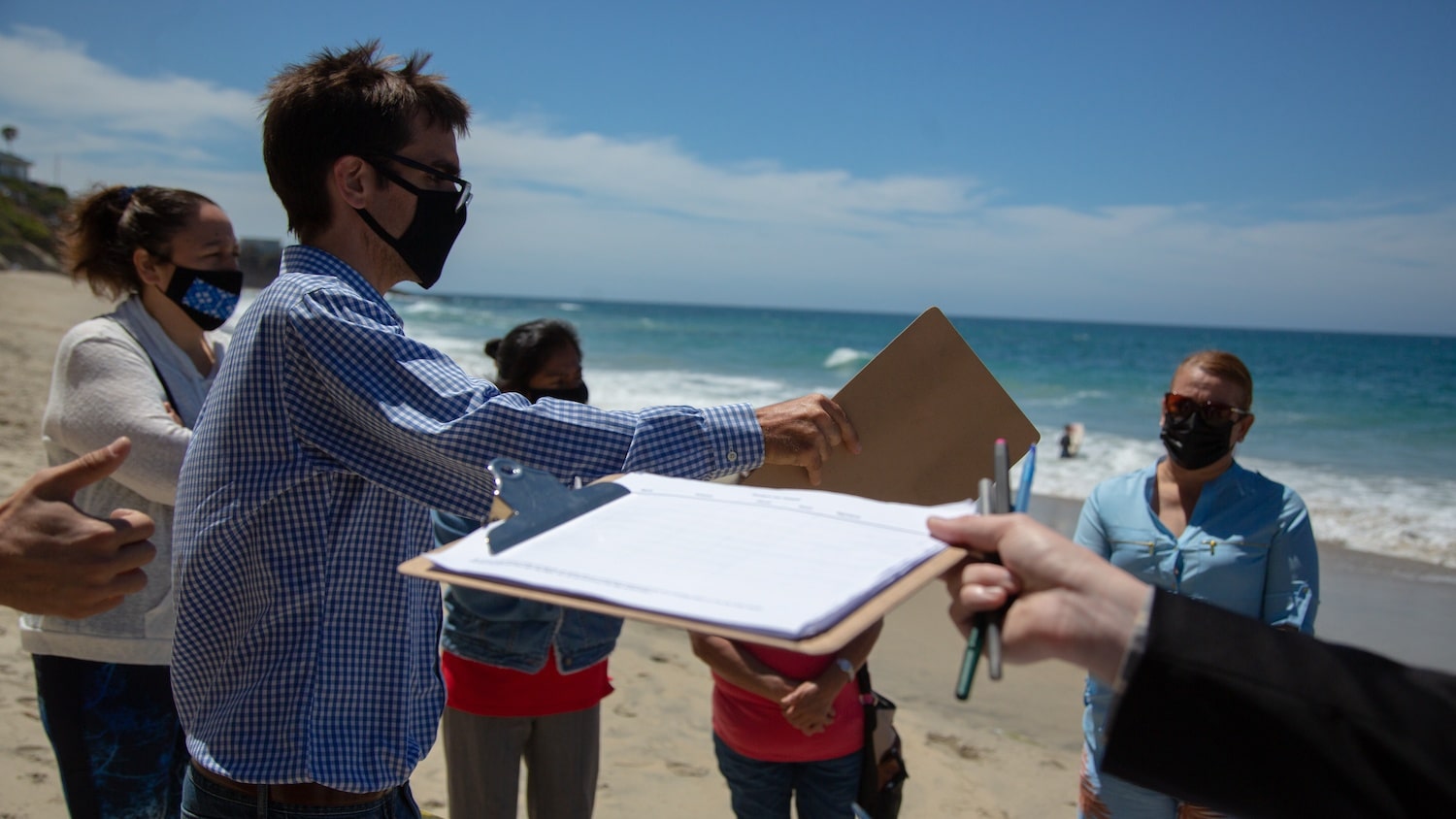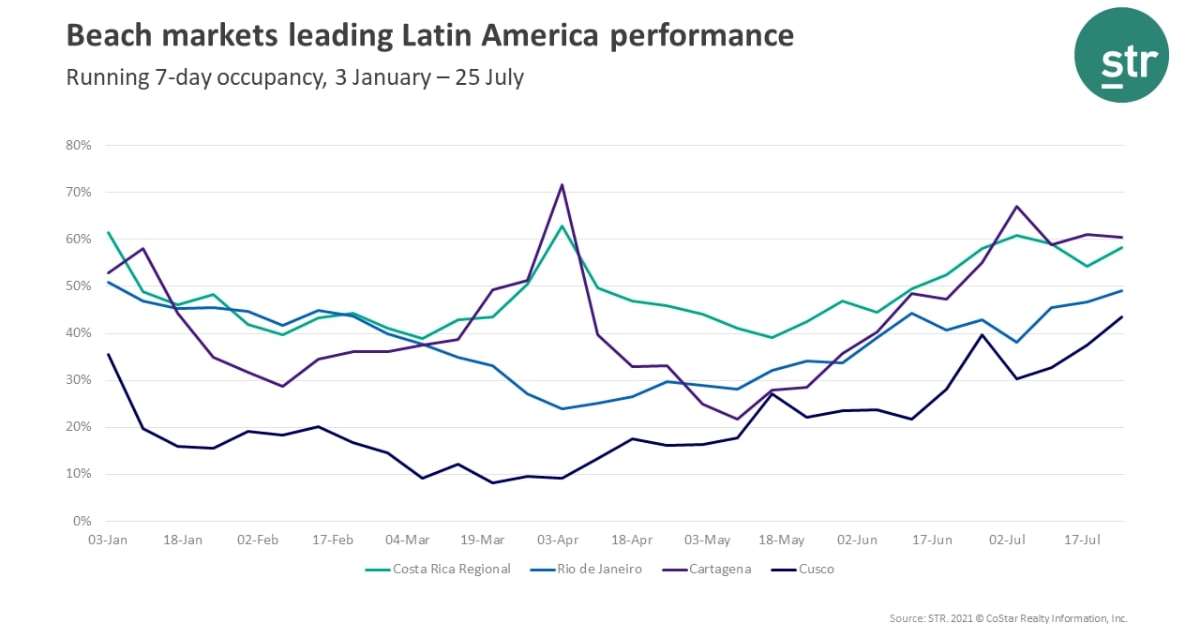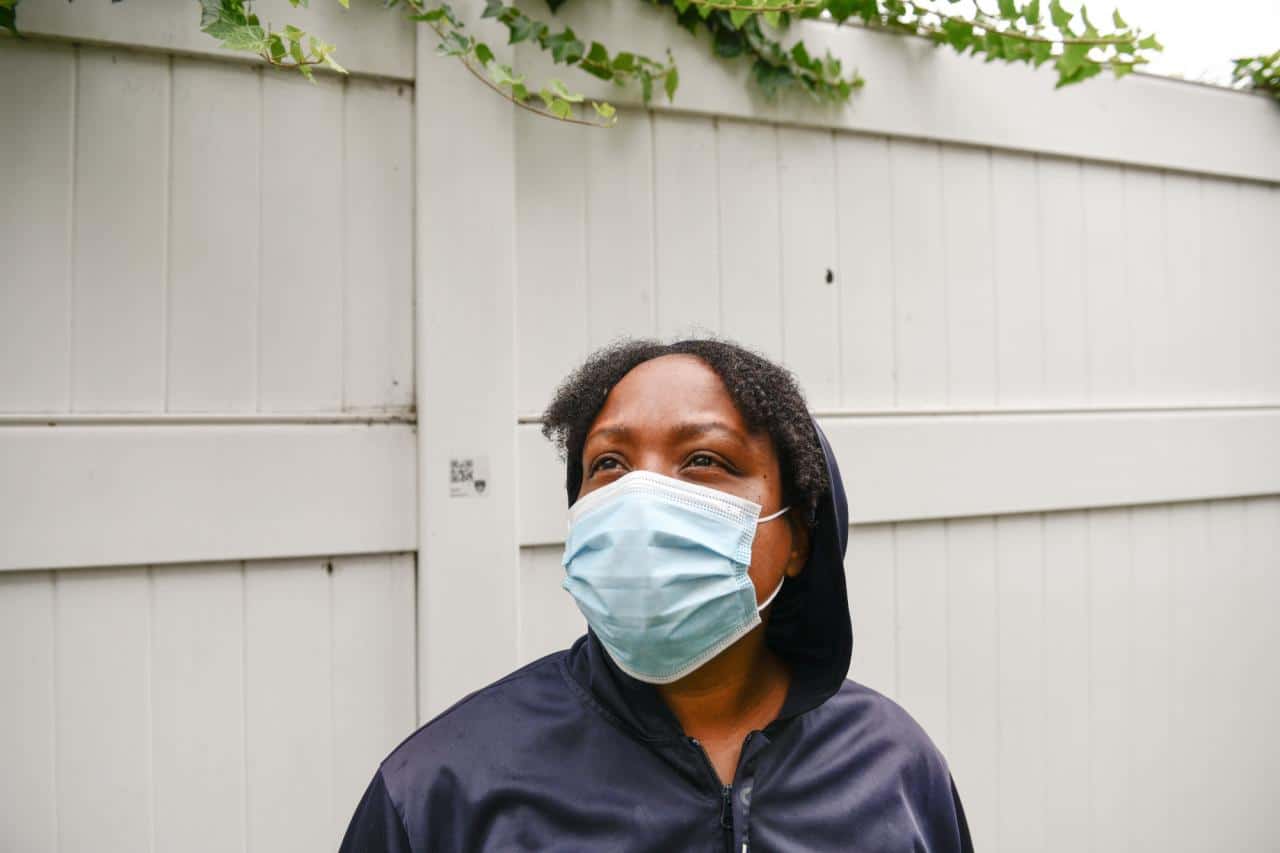
In summary
Undocumented households, getting older properties, extreme unemployment: The inspiration causes for a cluster of evictions on this Southern California blue-collar port metropolis.
Everyone throughout the neighborhood knew Fabiola Favela’s ceviche. You need to perception someone to buy selfmade seafood from a highway cart, and Favela, 47, was that vendor throughout the poorest neighborhoods of Prolonged Seashore.
When the coronavirus pandemic shut down meals carts all through Los Angeles County and the rest of the nation ultimate yr, Favela tailor-made, taking her knives and lowering boards to good friend’s kitchen. Collectively, the women, every undocumented, saved product sales transferring and money of their pocket – until this spring when Favela felt a tickle in her throat.
It was COVID.
For weeks, she couldn’t work. The money dried up, she talked about, and the boarding residence in Prolonged Seashore the place she was subletting a room left an eviction uncover collectively along with her establish on it on the doorway door. That was the Friday sooner than Memorial Day.
“They gave me the uncover on May 28, and knowledgeable me to be out on June 2, and every day (in between) was closed for the holiday,” Favela talked about. “I tried to ask the (people at) the courthouse, nevertheless they talked about I needed to make an appointment.”
Sheriff’s deputies knocked at 5 a.m. on June 2 and knowledgeable her to depart, she talked about. That night, Favela and her 11-year-old son slept in a metropolis park.
Hers was one amongst a minimum of 221 households evicted throughout the metropolis of Prolonged Seashore since July 2020, one in every of many densest clusters of evictions in Los Angeles County, itself the county with basically probably the most residential evictions in California, consistent with a CalMatters analysis.
Interactive graphic
Load interactive graphic
From July 2020 by way of March 2021, sheriff’s departments all through the state enforced lockouts of a minimum of 7,677 households, consistent with info obtained by way of public knowledge requests from all nevertheless two of California’s 58 counties. Comparable info from March 2020 until August confirmed the state carried out a minimum of 2,000 evictions, bringing the total number of California households locked out all by way of the pandemic to simply about 10,000, at minimal.
The number of evictions has accelerated in 2021 – they usually’re occurring no matter a sequence of moratoriums, authorised by Gov. Gavin Newsom and the Legislature, which is likely to be supposed to protect people who had been barely scraping by when the pandemic made them sick or worth them jobs, leaving them unable to pay lease.
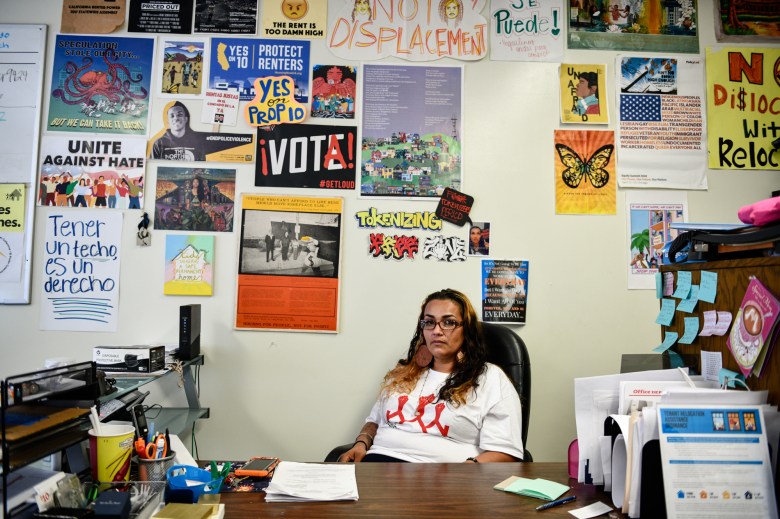 Cynthia Macias, board president of Housing Prolonged Seashore, sits inside her office in Prolonged Seashore, on July 23, 2021. “I don’t do it for the money, I do it on account of I want to help people,” Macias talked about. {Photograph} by Pablo Unzueta for CalMatters
Cynthia Macias, board president of Housing Prolonged Seashore, sits inside her office in Prolonged Seashore, on July 23, 2021. “I don’t do it for the money, I do it on account of I want to help people,” Macias talked about. {Photograph} by Pablo Unzueta for CalMatters
Nevertheless in Prolonged Seashore, it has been a principally invisible catastrophe on the highway — no big tracts of unoccupied properties as seen throughout the foreclosures catastrophe by way of the 2008 Good Recession, no blocks of shuttered storefronts, no prolonged traces for meals or jobs.
The eviction catastrophe can be a lot much less seen, metropolis tenant assist groups say, on account of 75% of the people they work with are undocumented, and many of them already dwell throughout the shadows.
“This landlord would inform me: ‘These tenants need to return to their nation,’” talked about Cynthia Macias, board president of Housing Prolonged Seashore, a tenant advocacy group. “Or that they have to be on Half 8 (federally sponsored housing) since they’re so poor.
“Excuse me? Like, it’s a pandemic. I don’t understand how I’ve to rationalize with you why this family chosen to not work.”
They’re people like Favela, who found a model new residence in mid-June with money raised on-line. By late July, she took a job cleaning properties. She was supposed to begin out instantly.
Nevertheless ultimate week, her son started coughing, and she or he as soon as extra felt a tickle in her throat.
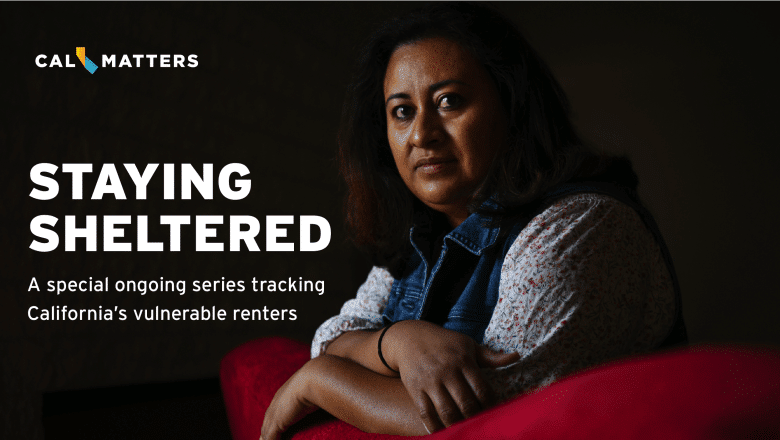
What are the premise causes?
Why is Prolonged Seashore a hotspot in a county that already makes up virtually half of the state’s confirmed residential evictions?
The reasons are every mundane and the outcomes of extraordinary circumstances, a complicated mixture of failures in planning, of landlords suspected of exploiting loopholes and an consequence of every the predictable and the unforeseeable.
Three most important parts, consistent with metropolis officers, lecturers and residents, are extreme unemployment, the number of renters and the age of the properties on this blue-collar port metropolis.
At 11%, city’s unemployment cost is elevated than the state and county frequent, though Prolonged Seashore leaders say they’re optimistic a few restoration.
Renters comprise 60% of Prolonged Seashore residents, a amount elevated than Los Angeles County (54%) or Orange County (43%), which is on Prolonged Seashore’s southeast border, consistent with evaluation by Seiji Steimetz, chairperson of economics and director of the Office of Monetary Evaluation at California State School, Prolonged Seashore.
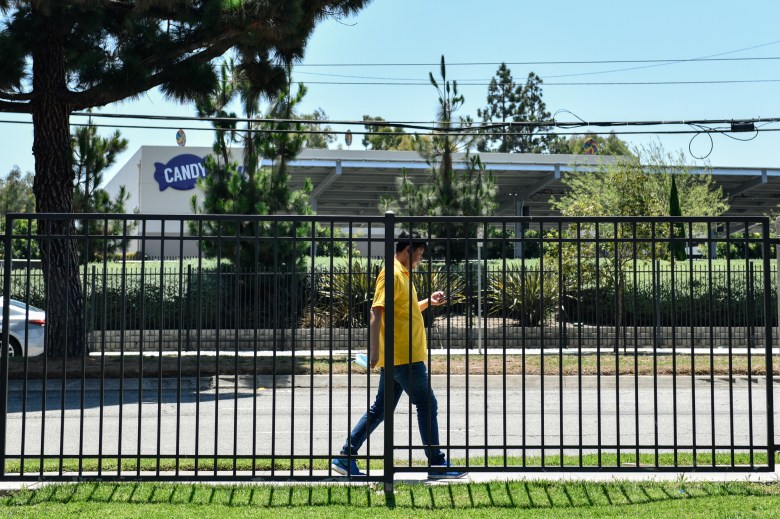 An individual walks alongside a fence positioned near the Residence Inn by Marriott lodge in Prolonged Seashore, on July 30, 2021. The lodge is the place Rasheena McCord and her children are rapidly dwelling after she was evicted. {Photograph} by Pablo Unzueta for CalMatters
An individual walks alongside a fence positioned near the Residence Inn by Marriott lodge in Prolonged Seashore, on July 30, 2021. The lodge is the place Rasheena McCord and her children are rapidly dwelling after she was evicted. {Photograph} by Pablo Unzueta for CalMatters
Whereas tenants in Prolonged Seashore normally aren’t significantly further liable to spend better than 30% of their earnings on lease than the rest of Los Angeles County, Steimetz talked about, people of coloration are rather more liable to lease. Merely 24% of Black households and 29% of Latino households private their properties, compared with 54% of white households, consistent with metropolis statistics.
A third difficulty is that Prolonged Seashore’s housing stock may be very outdated compared with the rest of the county. Eighty-two p.c of Prolonged Seashore residential fashions are better than 30 years outdated, the age at which they usually need most important upgrades; 71% of Prolonged Seashore residential fashions are better than 50 years outdated.
Older housing stock means renters normally are usually put out of their properties on account of state regulation permits landlords to evict for needed upgrades or repairs, even by way of the pandemic, talked about Christopher Koontz, Prolonged Seashore’s deputy director of enchancment firms.
Nevertheless Koontz talked about city suspects some landlords are exploiting the regulation to evict tenants, for instance by merely placing in a model new tools. “The definition of ‘substantial remodel’ leaves fairly a bit to be desired,” he talked about.
Mockingly, merely two weeks sooner than the March 2020 shutdown attributable to the pandemic, city had enacted stronger tenant protections, requiring landlords to get constructing permits and compelling them to tell tenants sooner about reworking.
“The definition of ‘substantial remodel’ leaves fairly a bit to be desired.”
Christopher Koontz, Prolonged Seashore’s deputy director of enchancment firms
In June, 4 metropolis council members wrote to Mayor Robert Garcia, warning that “efficiently, any tenant or family residing in an older setting up is susceptible to eviction.”
Later this month, city council will take up a proposal to halt all no-fault “substantial remodel” evictions until the highest of the yr.
The California Residence Affiliation maintains that almost all evictions are attributable to nuisances and effectively being and issues of safety. Beneath the current statewide moratorium, landlords can evict tenants for a substantial remodel supplied that that is important to regulate to effectively being and safety necessities.
It’s too late for these already evicted. Eighty-three households in Prolonged Seashore had been locked out between July and December 2020. In merely the first three months of 2021, sheriff’s deputies evicted 138 households, consistent with CalMatters’ analysis.
A lot of the elected leaders who signify Prolonged Seashore, nonetheless, don’t want to talk regarding the eviction catastrophe of their yard. Assemblymember Patrick O’Donnell, a Democrat whose district comprises Prolonged Seashore, declined to comment by way of a spokesperson. Janice Hahn, the Los Angeles County supervisor whose district comprises Prolonged Seashore, did not return quite a lot of calls from CalMatters.
A separate metropolis, unscathed
There’s one area of Prolonged Seashore comparatively untouched by the eviction catastrophe. Signal Hill, a metropolis that exists completely contained in the borders of Prolonged Seashore, has had a whole of 5 evictions by way of the pandemic.
As simply these days as a result of the Nineteen Nineties one of many important affluent cities throughout the nation, Signal Hill was primarily based in 1924, three years after a 600-barrel-a-day oil successfully sprung a gusher. Looking for to stay away from a proposed oil tax in Prolonged Seashore, a cadre of oil males drew the borders of a model new metropolis and Signal Hill was born — and the oil tax prevented.
Proper this second, Signal Hill is a sort of suburb inside Prolonged Seashore, comprised of broad boulevards lined with cookie-cutter huge subject retailers, office parks and low retailers, scrubbed to a sparkle with the kind of refined sterility that comes when cities have quite a few tax {{dollars}} to spend on roads and parks.
Its $75,000 median annual household earnings is $12,000 better than the encircling metropolis. Higher than 46% of its inhabitants has a minimum of a bachelor’s diploma, 15 proportion components elevated than Prolonged Seashore. Attempting from merely the exact angle, on the exact highway, there are views of the Port of Prolonged Seashore and the poorer neighborhoods that line Signal Hill’s south and west border.
It was alongside that border that Prolonged Seashore seen its highest focus of evictions, and it was alongside that border that Rasheena McCord made a life until the summer season of 2020.
Residing on the highway
Proper right here’s what McCord is conscious of about sleeping as a single woman on the highway: Start at bus depots on account of they’re brightly lit. Be sure some part of your physique is touching all of your stuff. Cope with anyone who approaches as a danger.
On the good days, she talked about, she’s able to scrape collectively money for a motel room. Nevertheless not every day is an efficient day.
 Rasheena McCord sits on the kitchen desk inside a lodge in Prolonged Seashore, on July 26, 2021. She and her children had been evicted ultimate yr. “We’ve been in inns ever since,” she talked about. {Photograph} by Pablo Unzueta for CalMatters
Rasheena McCord sits on the kitchen desk inside a lodge in Prolonged Seashore, on July 26, 2021. She and her children had been evicted ultimate yr. “We’ve been in inns ever since,” she talked about. {Photograph} by Pablo Unzueta for CalMatters
Sooner than the pandemic and her eviction, McCord was in a two-bedroom home collectively along with her two children and her affiliate. Her family was merely beginning to get higher from the extreme beating of her specific needs son exterior a Prolonged Seashore highschool in May 2019. Three kids had been charged, and one 19-year-old man was sentenced to eight years in jail that October.
The an identical month, McCord, 41, filed residence violence bills in the direction of her affiliate. When he went to jail, she was left to pay the lease by herself. Throughout the meantime, she talked about, the hospital the place she labored as a caregiver and medical technician decrease her hours from about 32 per week all the way down to 1 eight-hour shift.
She fell behind paying the lease, and in February 2020, her landlord filed for eviction. A select scheduled the eviction for March 24. When the state shut down on the outset of the pandemic and Newsom issued a stay-at-home order on March 19, McCord thought she could also be shielded from eradicating.
“With all the stay-at-home order, I questioned if the eviction was even going to happen,” McCord recalled. “The proprietor talked about, ‘That virus has nothing to do with (the) eviction.’”
She despatched her children to stay along with her dad and mother in Los Angeles, nevertheless there was no room for her. So she spent her first night on the highway. Inside each week, she filed for unemployment and appeared for help from city and county.
“I had been attempting to get lodge vouchers nevertheless on account of I’m not 65 or over, not mentally sick, not HIV-positive, not at extreme hazard for COVID, which is freaking ridiculous,” McCord talked about.
“With all the stay-at-home order, I questioned if the eviction was even going to happen. The proprietor talked about, ‘That virus has nothing to do with (the) eviction.’”
Rasheena McCord, who has been dwelling in inns and on the highway since being evicted
She found a model new job at a hospital in Artesia with significantly decreased hours, nevertheless she talked about she cease this January on account of focus of COVID cases. McCord, who talked about she isn’t vaccinated, provided her automotive and went once more on unemployment. She’s now staying in inns, with help from Housing Prolonged Seashore.
Proper this second, McCord sees rather more households on the highway, or dwelling of their automobiles, their belongings piled as a lot because the rear window and stacked on the roof.
“You used to see that, like a family on journey visiting from out of metropolis. Now it’s actually people freaking dwelling in it,” McCord talked about. “Usually it is potential you may actually really feel like man, I’m going by way of this s–t alone, am I the one particular person? Then when you see these households, these little bitty youngsters youthful than mine – infants – and the mom’s doing the simplest she’s going to be capable to.
“I’ve certainly not seen this many households homeless in my life.”
California’s eviction moratorium is able to run out after Sept. 30.
CalMatters info and interactives editor John Osborn D’Agostino, info reporter Jeremia Kimelman and editorial intern Danise Kuang contributed to this story.
This textual content is part of the California Divide, a collaboration amongst newsrooms inspecting earnings inequality and monetary survival in California.


